Archive
2022
KubaParis
Foul Air
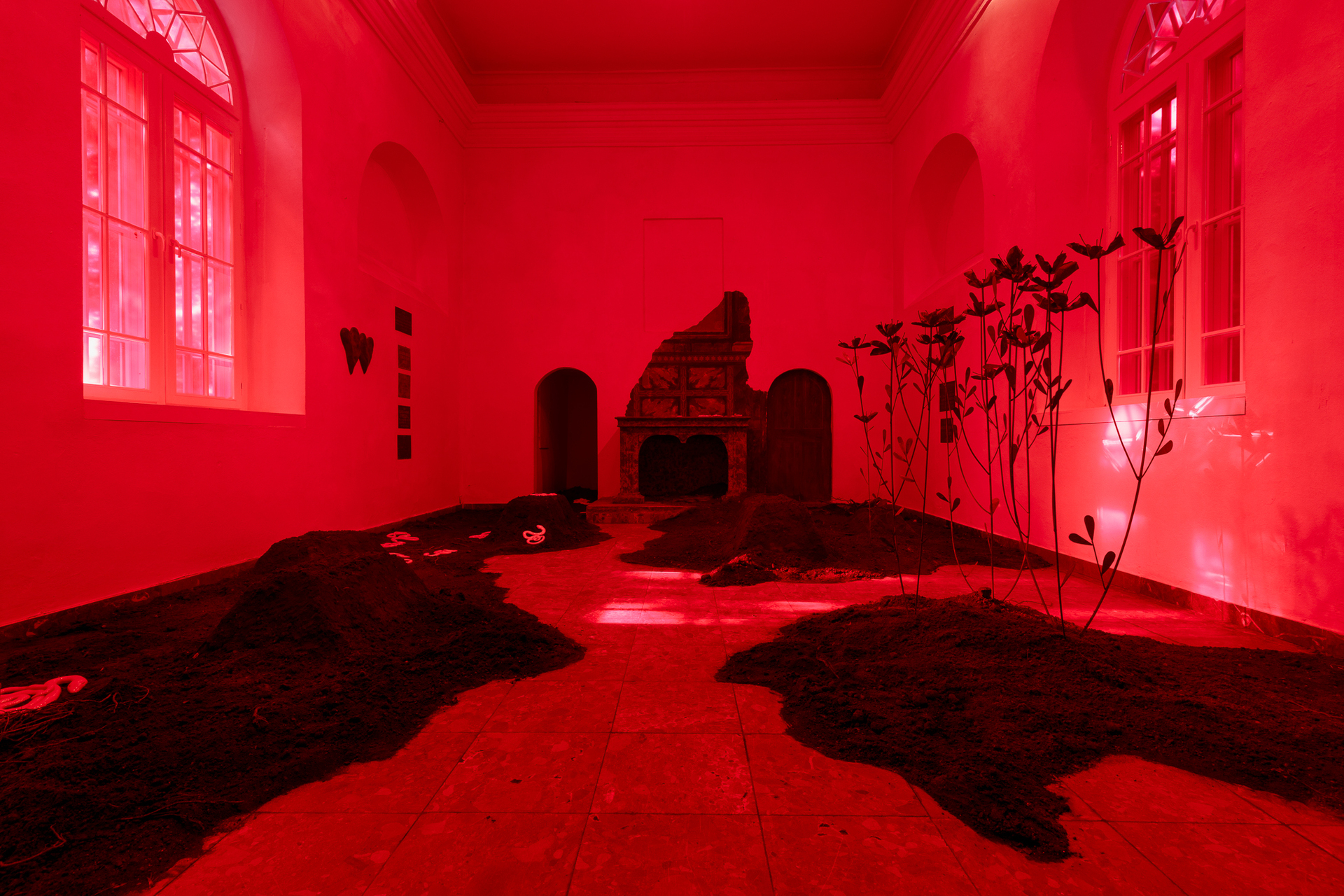



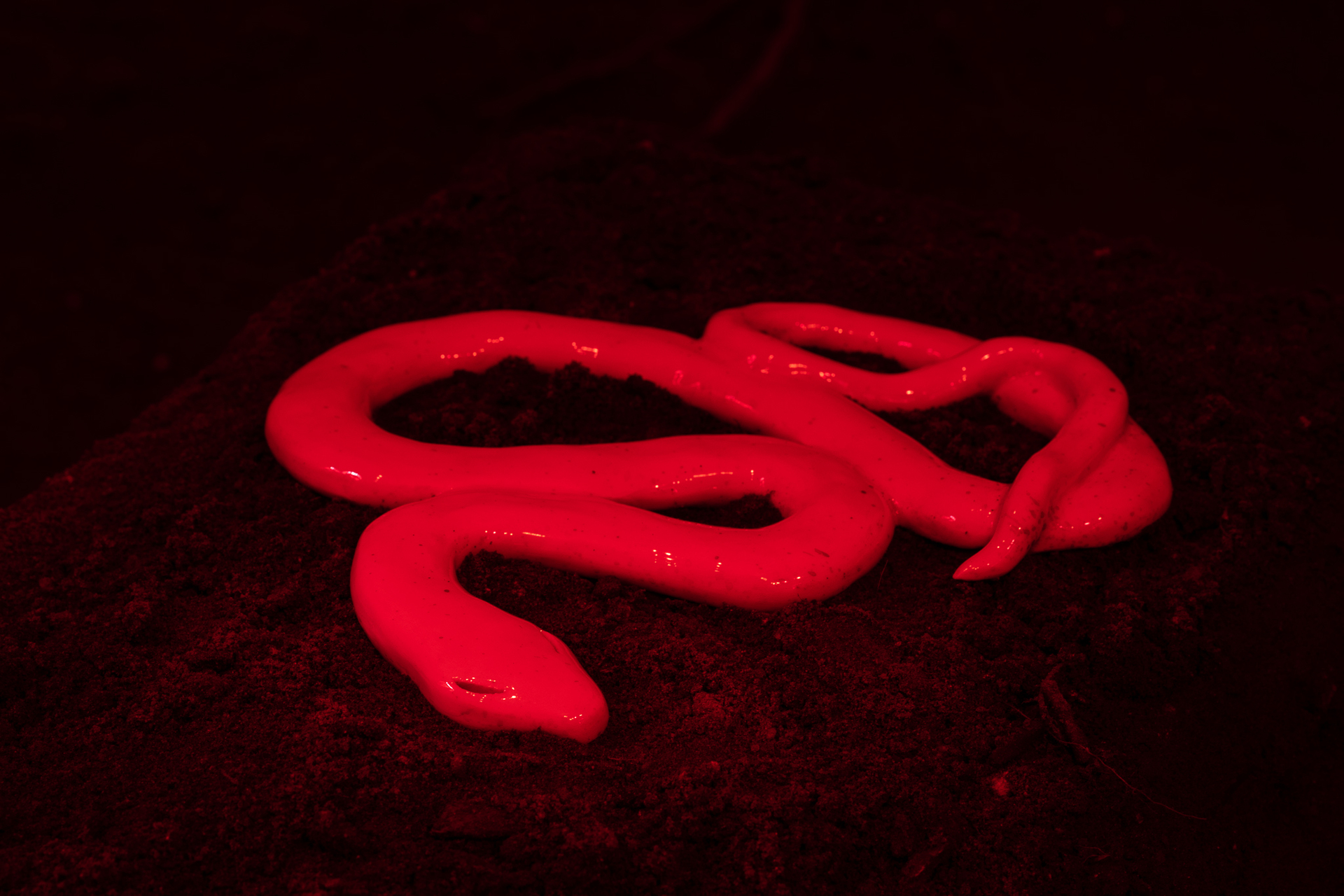
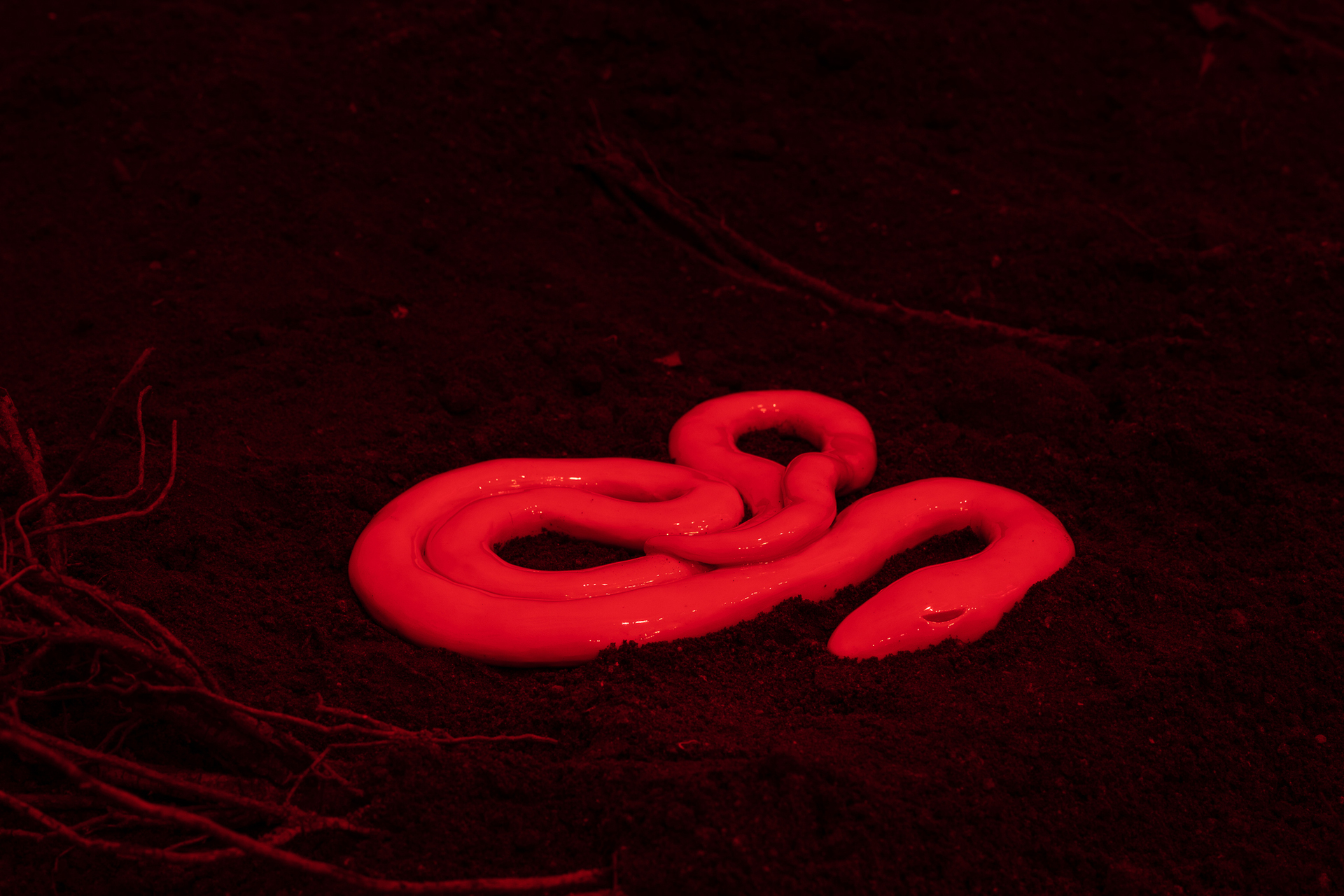
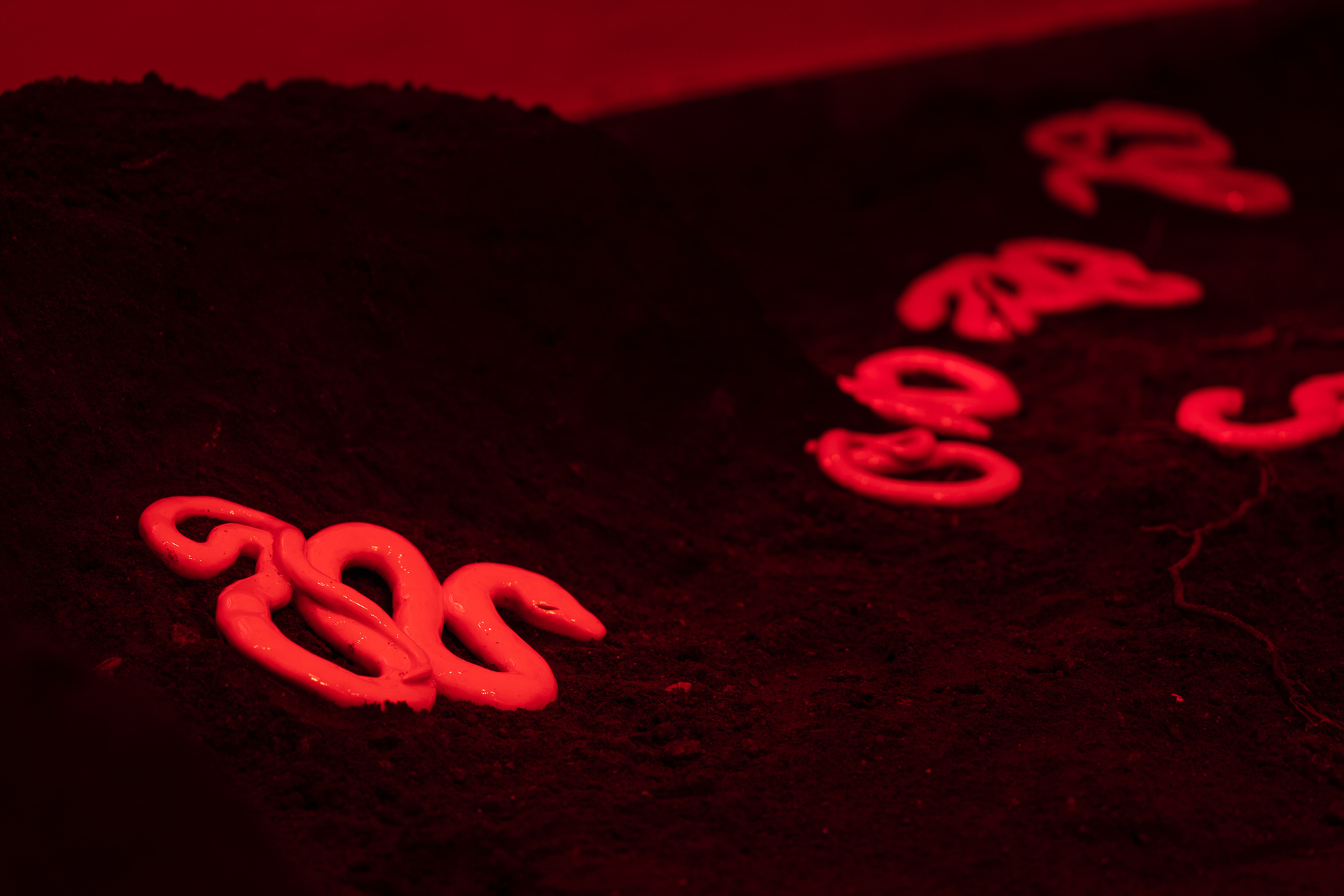


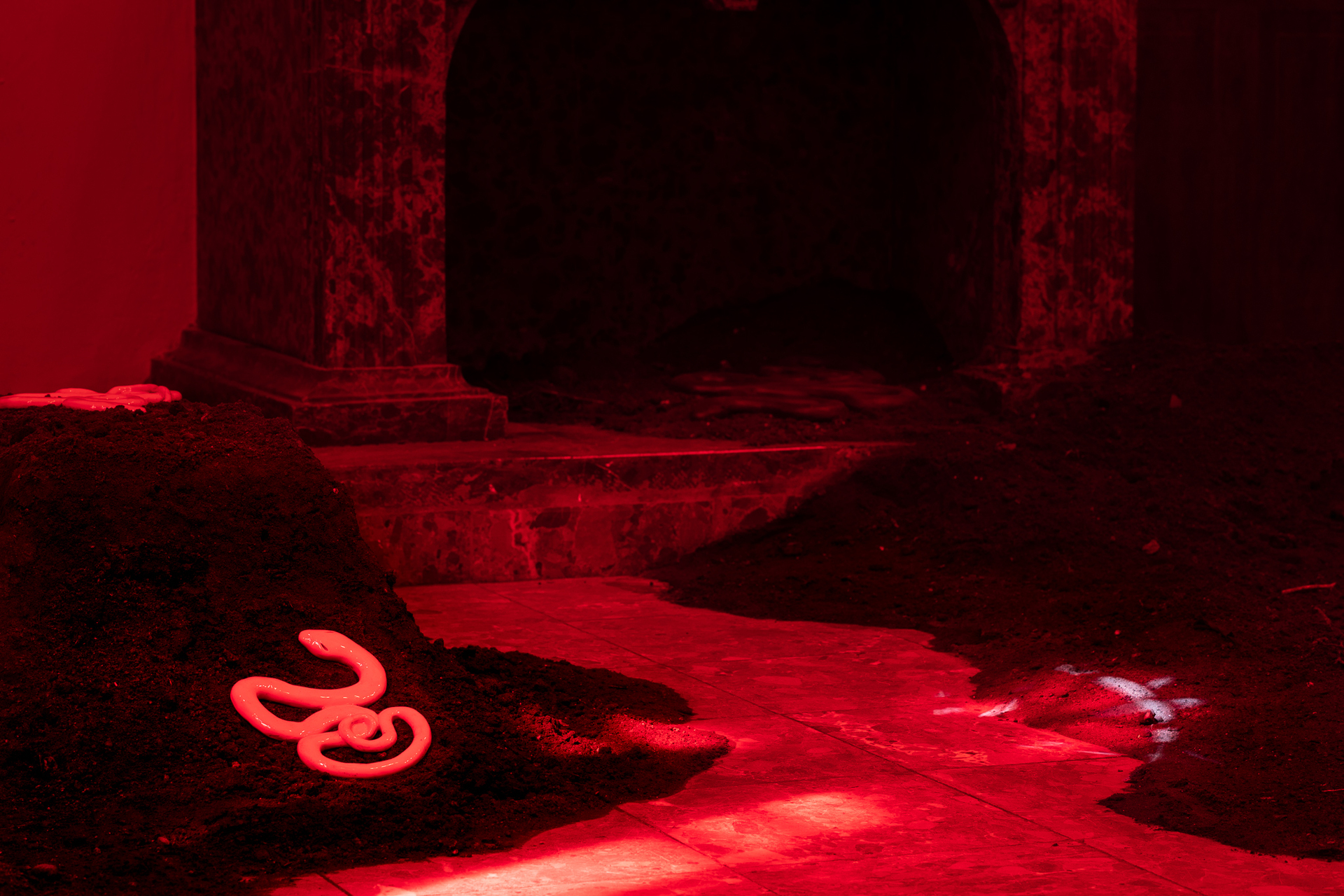
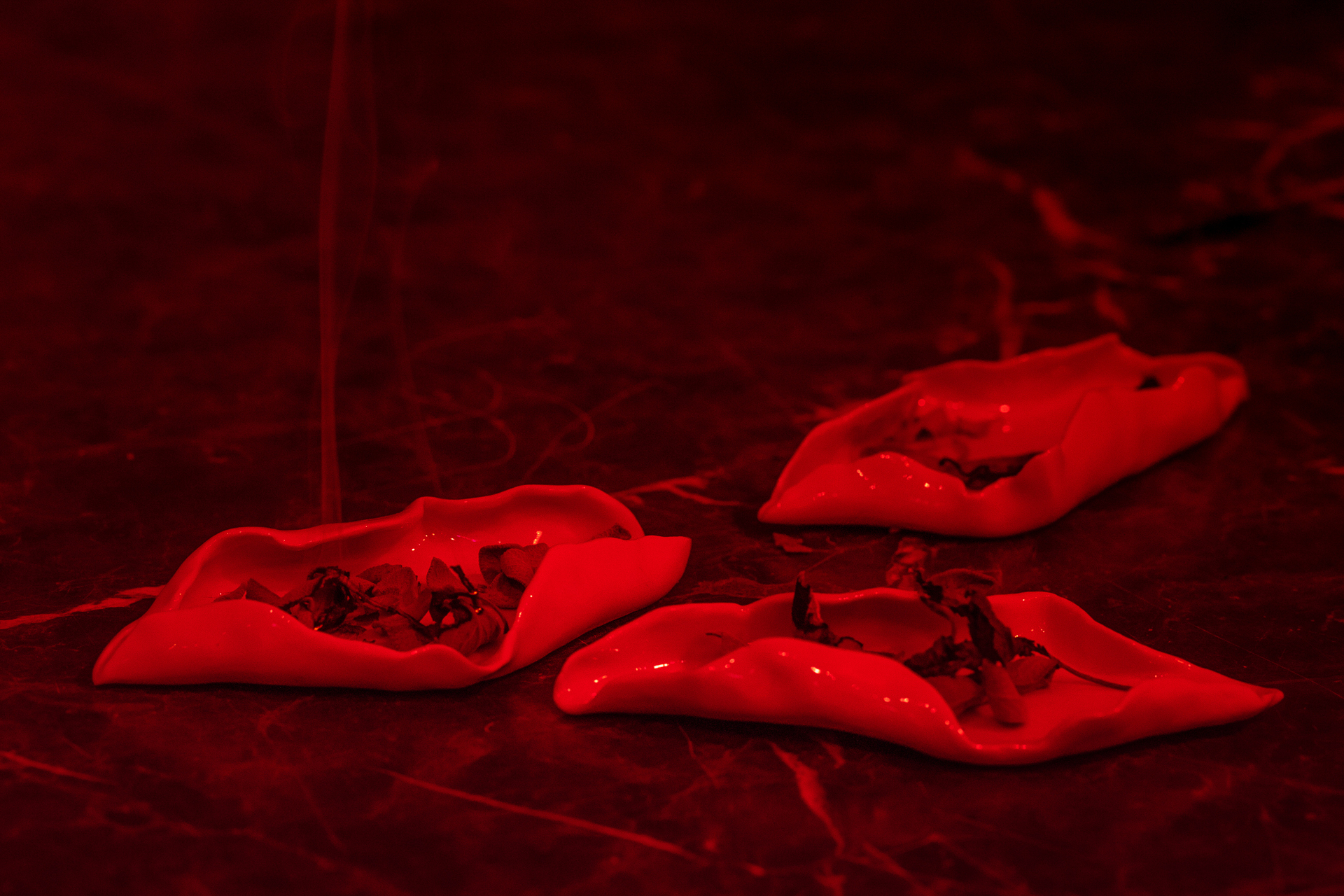
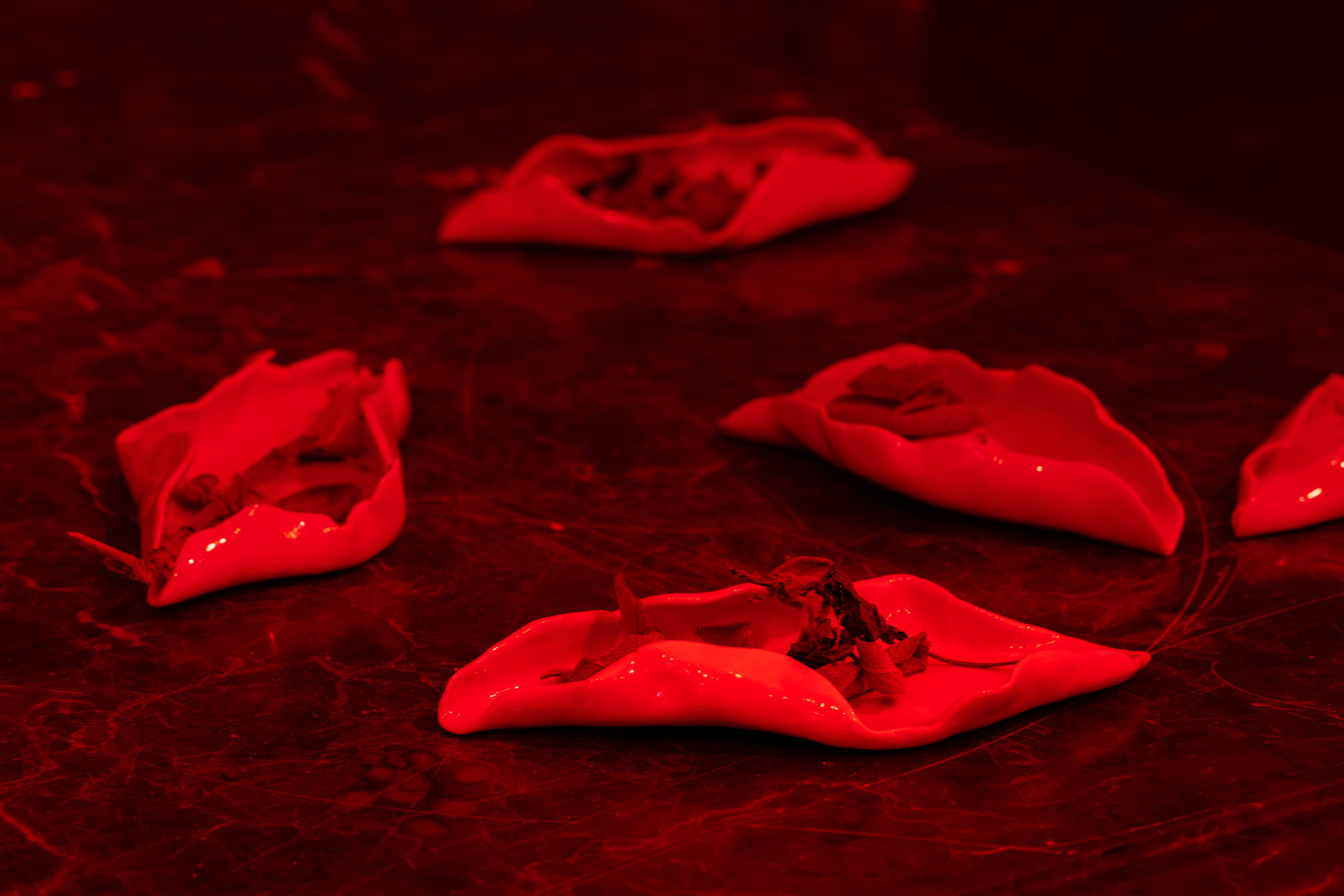

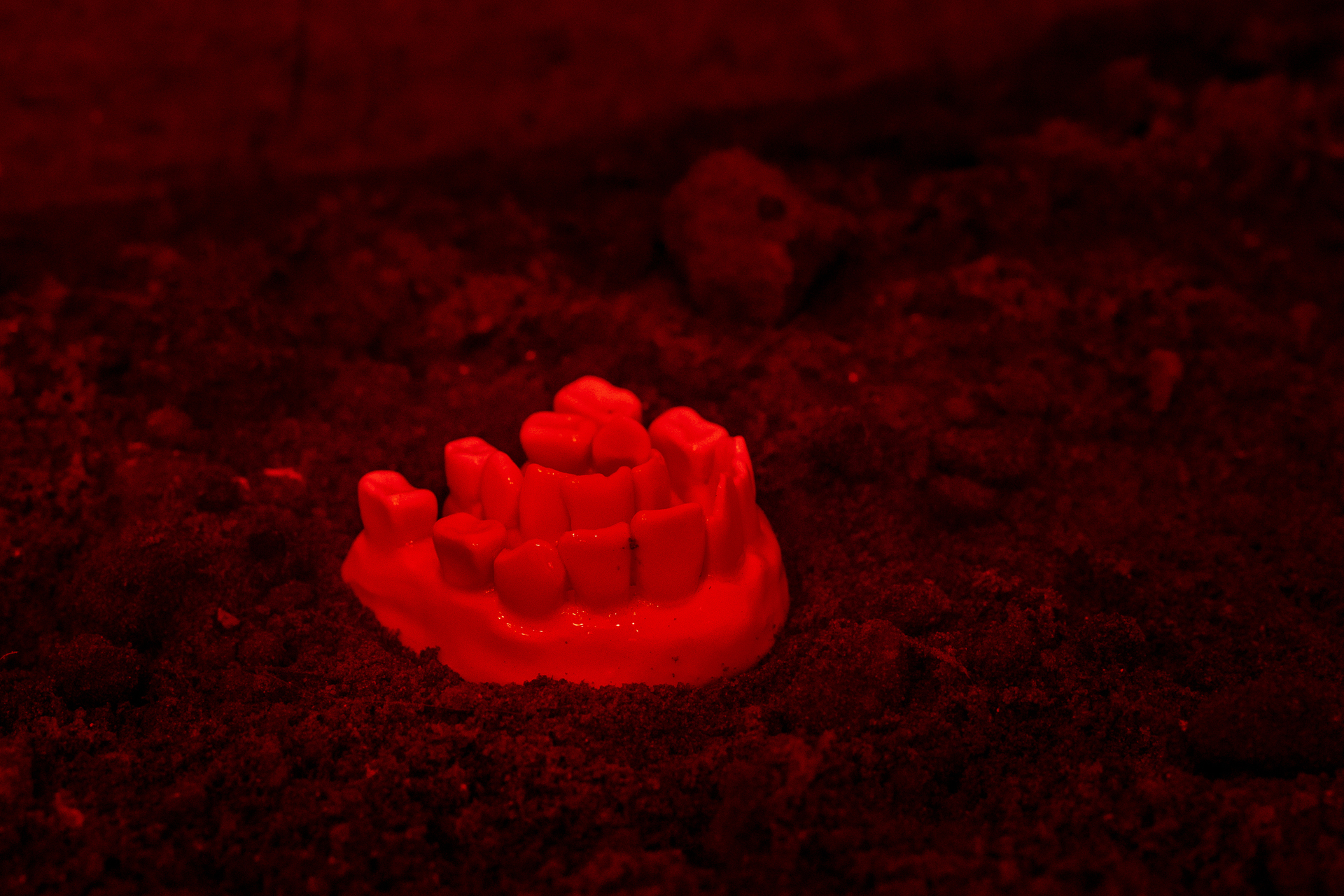


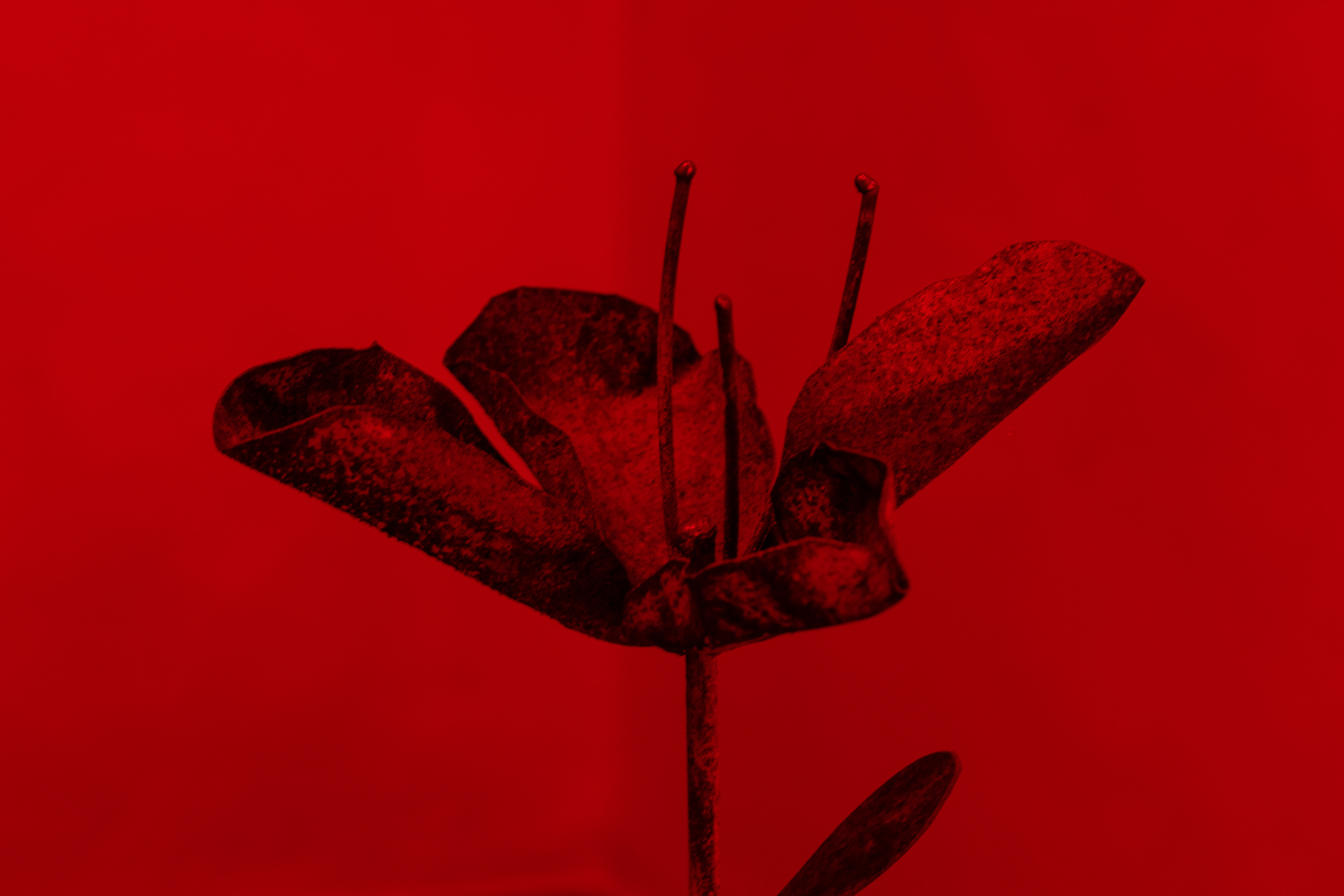
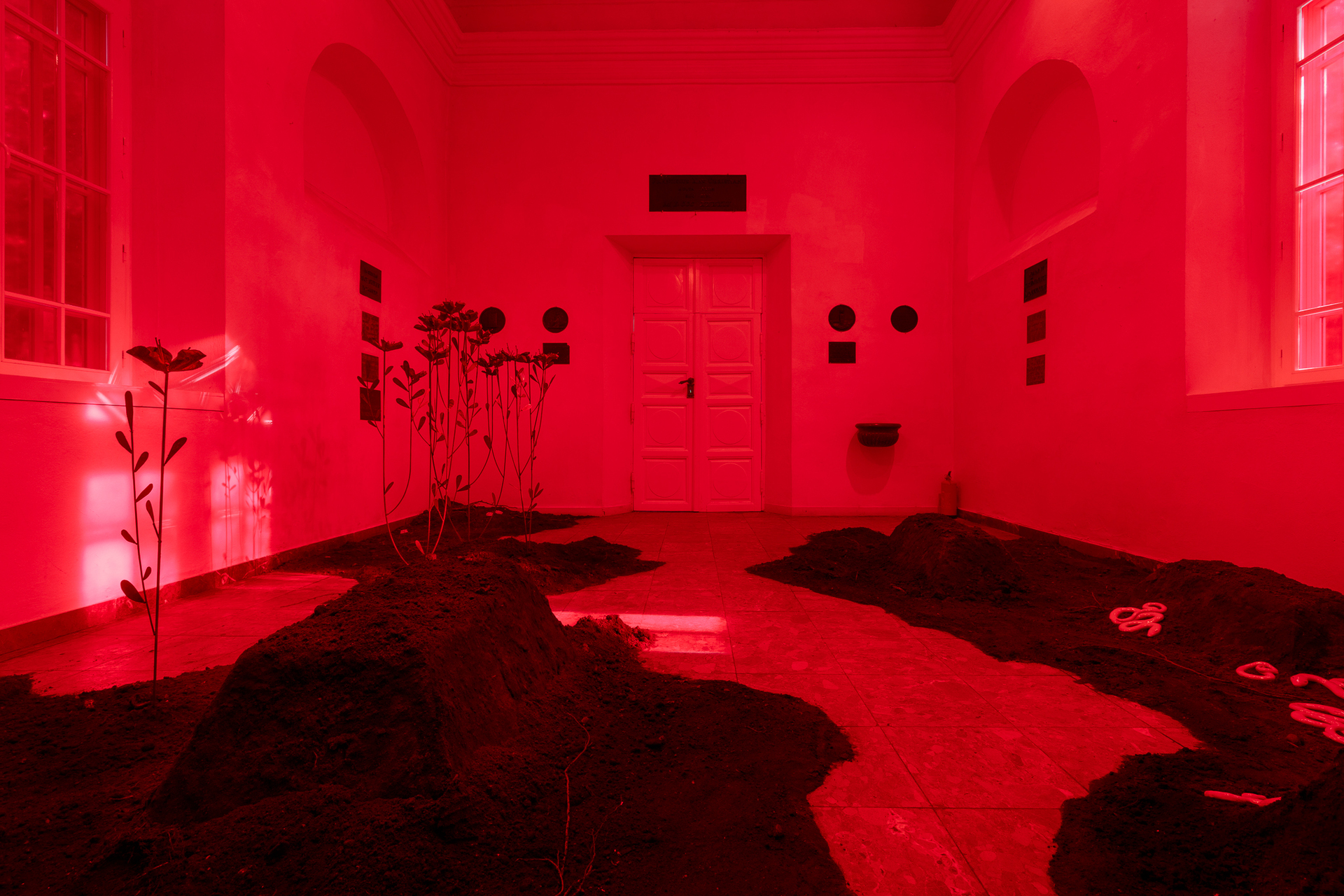
Location
Centre of Polish SculptureDate
24.06 –20.08.2022Curator
Weronika ElertowskaPhotography
meta_strong_fictionSubheadline
Foul Air is an exhibition about beliefs which, though partially forgotten, are still carried and internalized in our minds. It is also a reflection on the feeling of a threat, sources of our fears and isolation. It is a visual tale about contemporary rituals that we use to cope with and tame dangers, and about desires to understand and master the world surrounding us.Text
Aleksandra Liput is a visual artist whose work involves ceramic art, sculpture and installation. In her work she addresses themes connected with fear, mechanisms of inheriting traumas, as well as broadly conceived spirituality and magical thinking. Alluding to the utopian world of dreams and desires, her artworks bring to mind objects created by ancient tribes, associated with performing activities of magical or religious character.
As the events from recent years have demonstrated, a sudden and unexpected outbreak of pandemic, which destabilized professional and family lives, thwarted plans and filled people with anxiety, facilitated the appearance of disturbing narratives and conspiracy theories. When the surrounding reality suddenly changes, some people display a strong wish to put the blame on a guilty person or group of people responsible for the ensuing misfortune. Despite the prevalent scientific knowledge about the spread of viruses and how they affect human organisms, a need appears to find alternative, sometimes even harmful methods protecting us magically from the effects of the pandemic. It is not hard to conceive how strongly the imagination of people lacking proper cognitive tools must have been affected by the onset of disease and death in a small community.
Back in the 19th century many scientists supported the miasmatic concept of diseases, according to which the reason for unexplained deaths was sought in contaminated air. According to this hypothesis, diseases and epidemics were triggered by the miasma of putrefactive air escaping from underground and penetrating into the human body. This ‘foul air’ was personified in the figure of the Plague Maiden or the Maid of Pestilence, a ghastly apparition roaming the world in a blood-soaked headscarf and bringing death onto the inhabitants of villages and towns.
‘Lowering their muzzles to the ground, dogs start to howl, moles churn up the ground making hills like graves, owls horrifyingly hoot at night, the wind digs dunes like tombs, and in the sky there appears a red glow or a star with a tail sweeping people…’ [Henryk Biegeleisen, Lecznictwo ludu polskiego, Polska Akademia Umiejętności, Kraków 1929]
In order to protect themselves from the miasma, people used many mystical and magical methods, which alternated with Christian traditions. Dwellers of endangered areas would mark a boundary around their village, ploughing the soil with a team of twin oxen. During the construction of houses, special sacrifices known as ‘foundation offerings’ were buried, which were supposed to protect inhabitants against demonic forces or – on the contrary – to bring misfortune onto the neighbors living nearby.
The wish to discover the causes of incomprehensible phenomena led to attempts to find a scapegoat within a community who was responsible for bringing bad luck and starting the epidemic. This role was usually attributed to witches, women after childbirth, and demons whose presence people tried to identify as quickly as possible. The demonic and dual nature of the phantom was also revealed in their physical features, e.g. a double row of teeth or double heart.
For the time of the exhibition, the Chapel becomes a place where we have to face our fear and feeling of anxiety. The space, which till the end of the 1980s performed spiritual duties for the dwellers of nearby villages is filled with a red glow - a harbinger of misfortune. Among the preserved elements of the old interior – the stoup, altar – we can find jaws with a double row of teeth, a double heart placed next to historical epitaphs, signifying the presence of a phantom, and snakes slithering among the molehills made of soil. The natural rue flowers, forged in steel sheets, assume the form of post-apocalyptic amulets. The works, on the one hand alluding to the harbingers of the approaching miasmas, on the other hand feature symbols used for repealing the plague and driving the phantom away. The herb of rue was used as a universal antidote against many ailments. Incenses which protected against diseases, later on taken over by the church tradition, were used while making pagan ritual sacrifices. Finally snake fat was a significant element of magical mixtures and ointments protecting against the plague and ensuring good fortune and youthfulness.
Foul Air is an exhibition about beliefs which, though partially forgotten, are still carried and internalized in our minds. It is also a reflection on the feeling of a threat, sources of our fears and isolation. It is a visual tale about contemporary rituals that we use to cope with and tame dangers, and about desires to understand and master the world surrounding us.
Weronika Elertowska